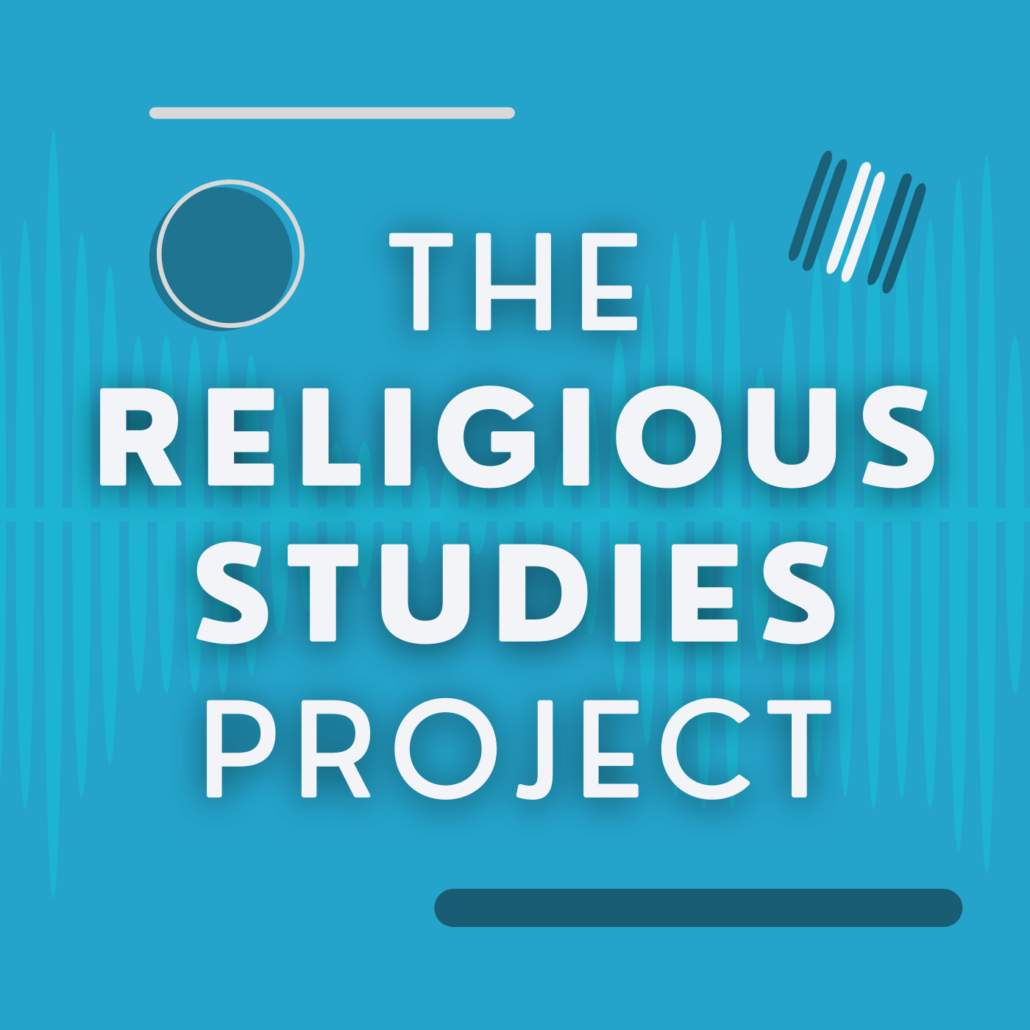Finbarr Curtis’s recent book, The Production of American Religious Freedom (2016), defies easy categorization. Melding social theory, interpretive biography, revisionist intellectual history, literary analysis, film analysis, and the study of discourse and rhetoric, the book issues a much needed social constructionist inquiry into the largely taken-for-granted concept of “freedom” that circulates in conversations about Americanness and religiosity.
In his interview with Brad Stoddard for the Religious Studies Project (RSP), Curtis describes his volume of case studies that span some 200 years of American history. The case studies correlate with the book’s eight chapters, including essays on either individuals (Charles Grandison Finney, Louisa May Alcott, William Jennings Bryan, D. W. Griffith, Al Smith, and Malcom X), theories of science (Intelligent Design), or legal rulings (Burwell v. Hobby Lobby). Early reviews of The Production have described the book as lacking a guiding thesis. But in Curtis’s own framing, and as stipulated in the introduction, “This book argues that there is no such thing as religious freedom, or at least no one thing.” Religious freedom “is a malleable rhetoric employed for a variety of purposes” (2016: 2).
Curtis advances an argument, but one framed as a definite negative. Corralling the eight stand-alone essays into conversation with one another, the thesis of the book is that no coherent or identifiable “religious freedom” exists in a singular sense. Freedom is a highly contested category of American discourse. Curtis astutely makes his case, weaving together studies of revivalist technique, character development in fictional narratives, populist rhetoric laced with racist undertones, filmic explorations mournful of white victimization, shrewd Catholic politicians in a Protestant arena, black activist rejection of American liberalism. He also examines alternative philosophies of science that exploit secular distinctions between scientific and religious truths, between public and private, and tactical sacralizations of both corporations and property in effort to normalize moral preferences.
As important as the book is, some readers may find The Production’s data selection somewhat arbitrary. The book showcases eight compelling microstudies. Indeed, the historical protagonists of The Production’s disparate narratives were formidably influential cultural figures. But Curtis cautions readers from imagining that the studies “tell the whole story of American religious freedom.” He continues (5): “The selected case studies do not offer a balanced, exhaustive, or inclusive coverage of American history.”
Curtis’s choices of study intend simply “to highlight different conceptual problems in the study of religion.” Fair enough. But why these particular orators, novelists, preachers, activists, and politicians? Why not others? Why a Finney, Alcott, or Malcom X and not a Joseph Smith, Aimee Semple McPherson, Annie Dillard, or Ta Nehisi Coates? The brilliance of these RSP podcasts is that the scholar-author interview platform serves as a behind-the-scenes snapshot of academic production. RSP interviews helpfully extend, clarify, or nuance research projects as well as plot books and publications within their own genealogies of development. In his discussion with Stoddard, Curtis confirms the arbitrariness of his foci, providing a fascinating window into the history of the production of The Production itself. Taken together, the case studies “do not add up,” Curtis expresses. “The center does not hold.”
No guiding logic determined the data selection as he wrote the chapters individually and over an extended period of time. Nonetheless, some readers will want to hold the author’s feet to the fire and to press him to more thoroughly defend why the cases are important and what they say about America when brought together. The chapters are, after all, published in one volume and under a unifying title. Borrowing Jonathan Z. Smith’s phrasing, we might ask Curtis, “why ‘this’ rather than ‘that’ was chosen as an exemplum” or to articulate in a more sustained manner how these specific examples “serve as exempli gratia” (Smith 1982: xi) of the issue of religious freedom in America. As academic works go, the book is not a lengthy one. Might it have been one, two, or four chapters longer? Might it have been shorter? What other conceptions of freedom are in circulation?
On the chameleonic construct of religious freedom, Curtis rejects “any one explanation for how religious freedom works” and instead documents “how freedom has been contested, challenged, and transformed” (5). He challenges the “underlying epistemic unity” guiding the analyses of Americanist historians such as Tracy Fessenden (2007) and John Lardas Modern (2011). Instead, Curtis counters, religious freedom is “something fragmented, in tension, and under duress” (6). Yet, the emphasis on the contested and fragmentary status of so-called free selves in The Production also evidences a significant tension.
In its analysis of “not fully formed persons” (6) who are shaped, socialized, and cultivated by leaders, publics, ideas, social forces, religions, institutions, and collectives, the book is a decidedly Foucaultian project. Curtis’s depiction of religious freedom as emerging from conflicting, disparate sources makes sense in light of Michel Foucault’s model of power as dispersed, diffused, non-binary, and multidirectional (see esp. 1990: 92-96). The author’s emphasis on contestation and disintegration will be unsatisfying for readers who prefer black-and-white conclusions. The Production does not feign to identify discrete bastions of power or clear-cut social hierarchies in terms of dominance and hegemony.
On this issue, the point about other circulating discourses about religious freedom—i.e., those voices not included in Curtis’s collection of essays—is not tangential. Might the addition of other discourses change the contour of the book as a whole? Would the inclusion of additional perspectives on freedom have evidenced any sort of overlap, similarity, or center, thus challenging the book’s thesis of fragmentation? If one were to expand Curtis’s data set and to think in terms of cohesion of agendas and goals, would a dominant perspective on religious freedom emerge? Cannot even fractured ideological positions suspend differences of opinion in colluding to affect political change? I concede that conflict exists “all the way down,” as Curtis adroitly puts the matter in the interview, but am also interested in how competing narratives might play down difference in order to accomplish certain types of social, political, religious, and economic goals. We do get hints of this, such as in the collusion between evangelicals and Catholics in the Hobby Lobby chapter, but not overt theorization. My question to Curtis would be whether or not loosely bounded “centers” or even “publics” can emerge over time or via discursive circulation, regardless of their internally dialogic productions and contested constitutions.
In short, The Production is a stimulating, provocative contribution and required reading not only the book’s most immediate audience, Americanists in Religious Studies, but anyone interested in the subjects of social theory, human agency and constraint, religion, freedom, the reconfiguration of public and private domains, individuals and collectives, the formation of ethical selves, race and racism, literary and filmic production, economies of contestation, secularism, and American culture. I, for one, plan on assigning it in the next American Religions course I teach.
References
Curtis, Finbarr. 2016. The Production of American Religious Freedom. New York: New York University Press.
Fessenden, Tracy. 2007. Culture and Redemption: Religion, the Secular, and Literature. Princeton: Princeton University Press.
Foucault, Michel. 1990. The History of Sexuality, Volume I: An Introduction. New York: Vintage Books.
Modern, John Lardas. 2011. Secularism in Antebellum America. Chicago: University of Chicago Press.
Smith, Jonathan Z. 1982. Imagining Religion: From Babylon to Jonestown. Chicago: University of Chicago Press.



